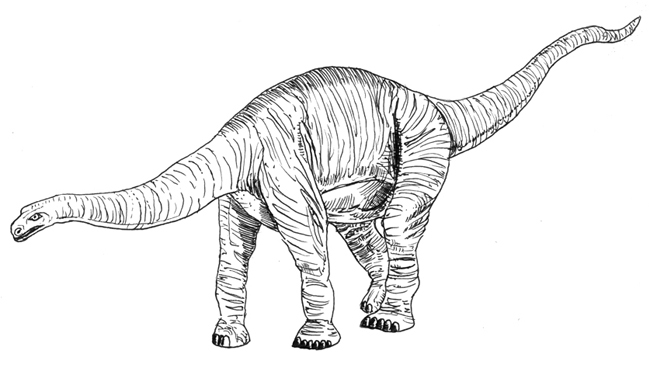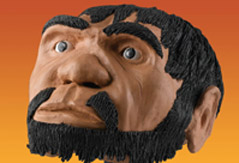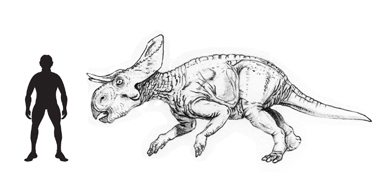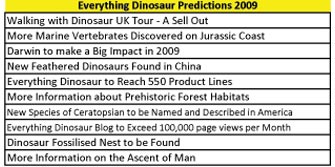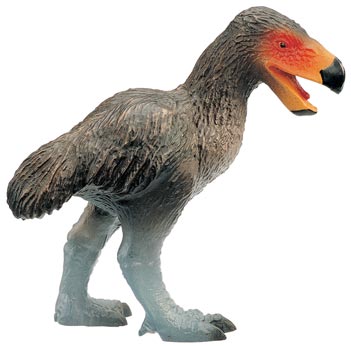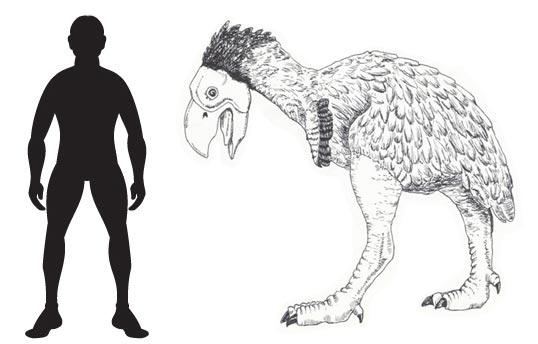New Research into the Evolution of Laughter
The Evolution of Laughter – The Development of the Ability to Mock
Tickle a Gorilla, a Bonobo chimp (our closest extant relative); or an Orangutan and they will express pleasure with laughter but to use laughter to mock, or scorn such as you might hear in the Palace of Westminster at Prime Minister’s Question Time, that is a distinctly human trait.
A team of researchers from the University of Portsmouth (UK) have carried out research into the origin and characteristics of the ability to laugh in higher apes. They conclude that only our species H. sapiens uses laughter to convey negative emotions such as sneering and mocking. Our ancestors, and the vast majority of their descendants, laugh to convey positive emotions. They laugh as they are enjoying themselves, according to this new study.
The Evolution of Laughter
However, over the millions of years of hominid evolution, more advanced human species developed laughter to scorn or ridicule others. There is no fossil evidence to indicate a sense of humour or sense of sarcasm, however, at some point in our evolutionary line the role of laughter in a social context changed.
It is thought that the apes that roamed the primeval forests of some 16 million years ago were the first creatures to develop the ability to laugh. This research led by Dr Marina Davila Ross (University of Portsmouth) shows that the extant species of ape use laughter slightly differently from each other.
In the complex research programme, which involved tickling various ape species and then gauging/recording their reactions, it was discovered that the Orangutan laughs when it is having fun. This Asian ape projects a laughing sound that consists of a series of squeaks, to express delight and joy. The African apes, such as Gorillas and the Chimpanzees have perhaps, a more sophisticated vocalisation of laughter. These apes have learnt to use the sound to influence others as well as to express pleasure. Chimps may laugh to encourage others to joy in their rough and tumble games, laughter in chimp society, according to this new study, can be used to influence other troop members or is the collective noun for chimpanzees a cartload?
Our species, has taken the sound and use of laughter further. We use laughter to express negative emotions such as ridicule and sarcasm. You only have to listen to our members of Parliament for plenty of examples. Somewhere on our evolutionary line the role of laughter and its expression became more sophisticated. Who knows, perhaps H. Heidelbergensis shared a joke at another person’s expense or do we have to go further back in the fossil record to find the origins of the use of laughter for an expression of negative emotions?
Did Homo habilis wandering the African plains 2 million years ago, use laughter to mock a troop member? It may be fascinating to consider these points but given the virtually impossible task of uncovering fossil evidence to substantiate such claims, much of this will have to remain as conjecture. The lack of extant human species to work with precludes conclusive results.
Commenting on her research, Dr Ross stated:
“Humans and the African ape developed laughter further than the Asian great ape to have an effect on others. Something happened in the last five million years which means humans use laughter for a much wider range of situations than our primate ancestors.
Our species, uses laughter to convey a range of feelings and emotions, as Dr Ross states:
“Laughter occurs in close to every imaginable form of human social interaction, including to mock others.”
These findings, which are due to be published in the scientific journal of Communicative and Integrative Biology, show the differences in the use of laughter amongst extant species of great ape. As hominids developed it seems that laughter as well as other vocalisations became more sophisticated and complex. The common ancestor of humans and chimps may have laughed but it was a sound with a limited meaning, as Dr Ross comments:
“It [the sound of laughter] probably had little effect on the way others behaved.”
The research team also discovered that other animals made different sounds when they were tickled, but these may not be the same as laughter. Anyone who has tickled their pet dog will tell you that the animal is able to express delight and pleasure at the sensation but this is not thought to be laughter in the strictly “human” understanding of the term.
Visit Everything Dinosaur’s website: Everything Dinosaur.


